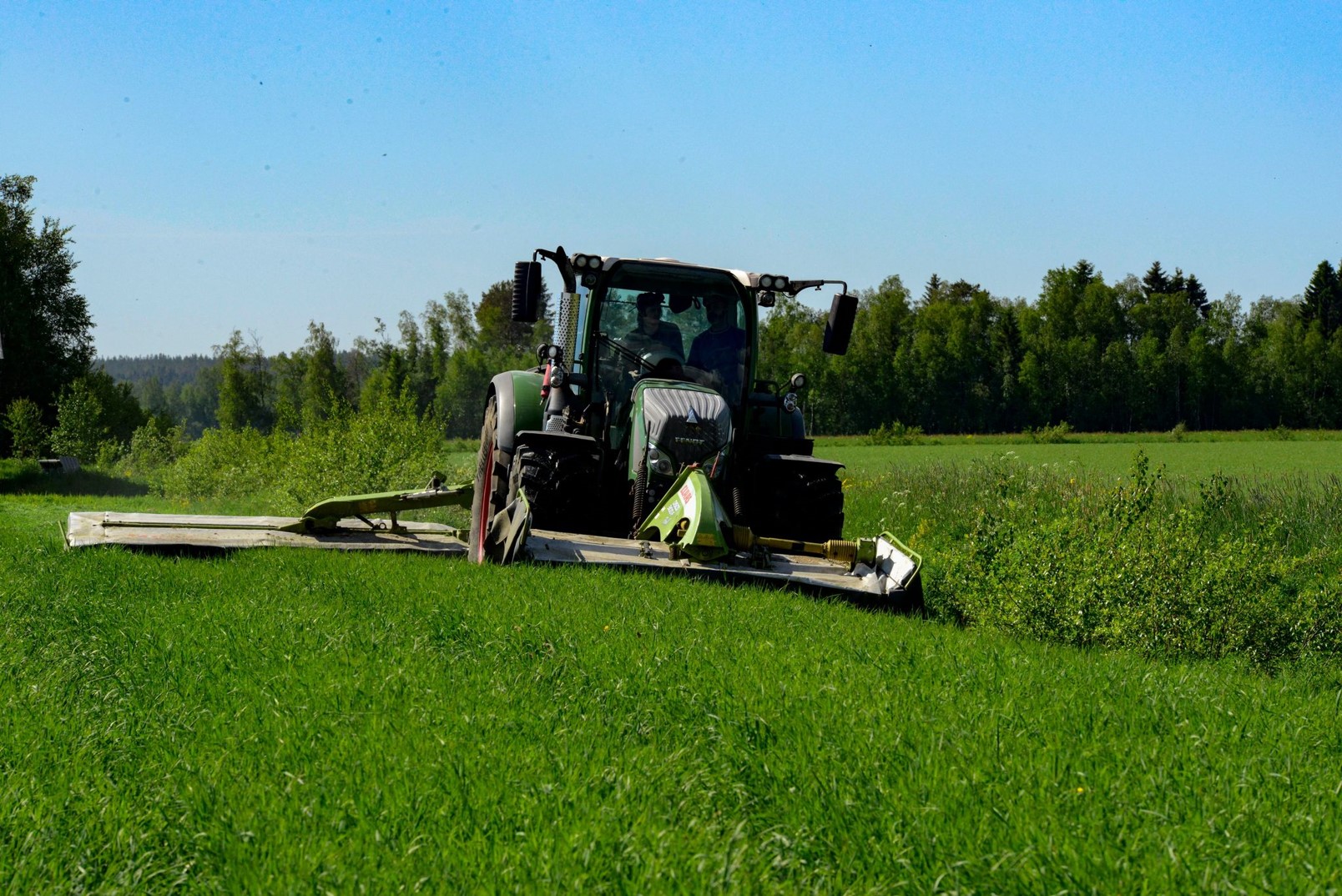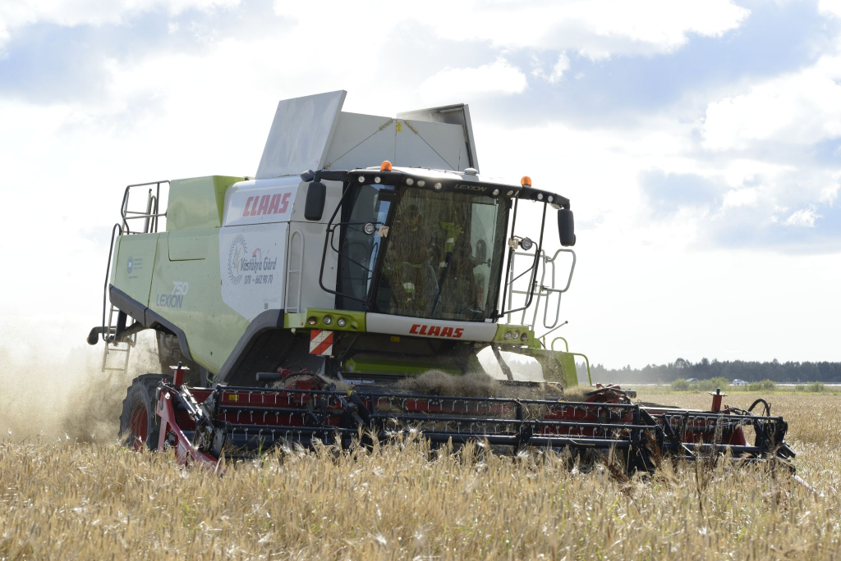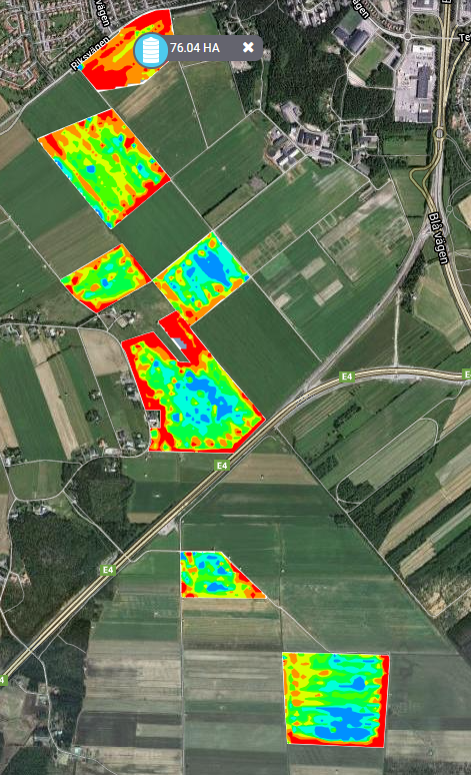Röbäcksdalen research station is a bit different from the other SITES stations. It is a managed ecosystem that produces biomass, which feeds the animals on the station’s farm. The farm has a crop rotation that is typical for northern Sweden, with leys of grass and clover, barley, pasture, and some additional pea/oat mixtures and fallow fields. The annual output from this ecosystem varies with many things including; winter survival of perennial crops, temperature and rainfall during the vegetation season, and much more.

The seasonal output from the fields in 2021 was reflective of a cold spring, a moderate summer, and a rainy fall. The cold spring should have resulted in a harvest of high-quality forage for the cows. The grass grows well at quite low temperatures, but will not mature until the temperature increases, hence a cool spring is preferable from a forage quality point of view. The result turned out to be quite moderate, though. At the end of May, the average temperature was below 10 °C. However, during the last week before harvest, the temperature increased significantly to an average of around 16 °C. Consequently, the quality of the grass decreased quite significantly in a very short time.

Unlike other field stations that can only offer small-plot fields for studies, the size of the fields at Röbäcksdalen makes them suitable for satellite use. Everything done in the fields is documented and the plan is to publish all data, ranging from management activities to resulting forage quality in the SITES database. These activities are all a part of the station’s SMURF project which is an important tool for researchers working to develop management tools for the farming community. Growth models and remote sensing tools are considered the way forward in developing decision support tools for a sustainable farming community, but these studies need on-site information, like the data collected in SMURF, to be useful.

Many of the research questions related to forage production are also relevant for grain production, and at Röbäcksdalen this research is focused on barley. Using annual crops in the crop rotation is important for decreasing the number of weeds in the system, and grain is also an important feed component for highly productive dairy cows. Collaboration with the local entrepreneurs offers interesting data collection from our fields. One example is how the harvester can measure grain production from the fields. This is an important tool to manage the fields and to detect issues e.g. with drainage.
The total amount of grass silage from the different harvests in 2021 was almost 2 400 tons of dry matter. In comparison, the 2020 harvest only resulted in 1 800 tons, since a lot of the leys were killed during winter that year. The barley harvest averaged 3 700 kg dry matter/hectare, yielding around 320 000 kg in total. In addition to the productivity of the fields, researchers at Röbäcksdalen are also measuring other ecosystem services provided by the farm. In summer 2021 staff at the station started measuring insects and spores in and around fields as part of the biodiversity project LifePlan. The farm is also part of a bird feeding initiative, where the aim is to establish special fields where cranes and other migrating birds can eat their fill without destroying the output of the farms. Stay tuned for more news about these initiatives in the future.